Elizabeth I
1/301
There's no tags or description
Looks like no tags are added yet.
Name | Mastery | Learn | Test | Matching | Spaced |
|---|
No study sessions yet.
302 Terms
What were Elizabeth's 3 aims?
-To consolidate her position
-To settle religious issues
-To pursue a peaceful settlement with the french
How was Elizabeth different to Mary?
She was better educated, had a shrewder grasp of political processes and a shrewder judge of character.
What did the Spanish Ambassador Count of Feria say about Elizabeth in December 1558?
She was more feared than Mary
What did Elizabeth not want to involve herself in?
Government, yet took an informed interest in decision-making processes
Why did Mary's councillors believe their careers were over?
Because they did not share Elizabeth's religious views
Why did Elizabeth have a difficult succession?
Bad harvests and a flu epidemic
How did Mary's councilors maintain their governmental position?
Nicholas Heath (Lord Chancellor) proclaimed Elizabeth's succession on the 17th November 1558. 9 of Mary's councilors rode to Hatfield to assure Elizabeth their loyalty.
How many of Mary's councillor's were reappointed?
11 out of 30
What allowed Elizabeth to choose her own supporters?
Cardinal Pole died on the same day as Mary
What role did William Cecil get appointed as?
Principal Secretary
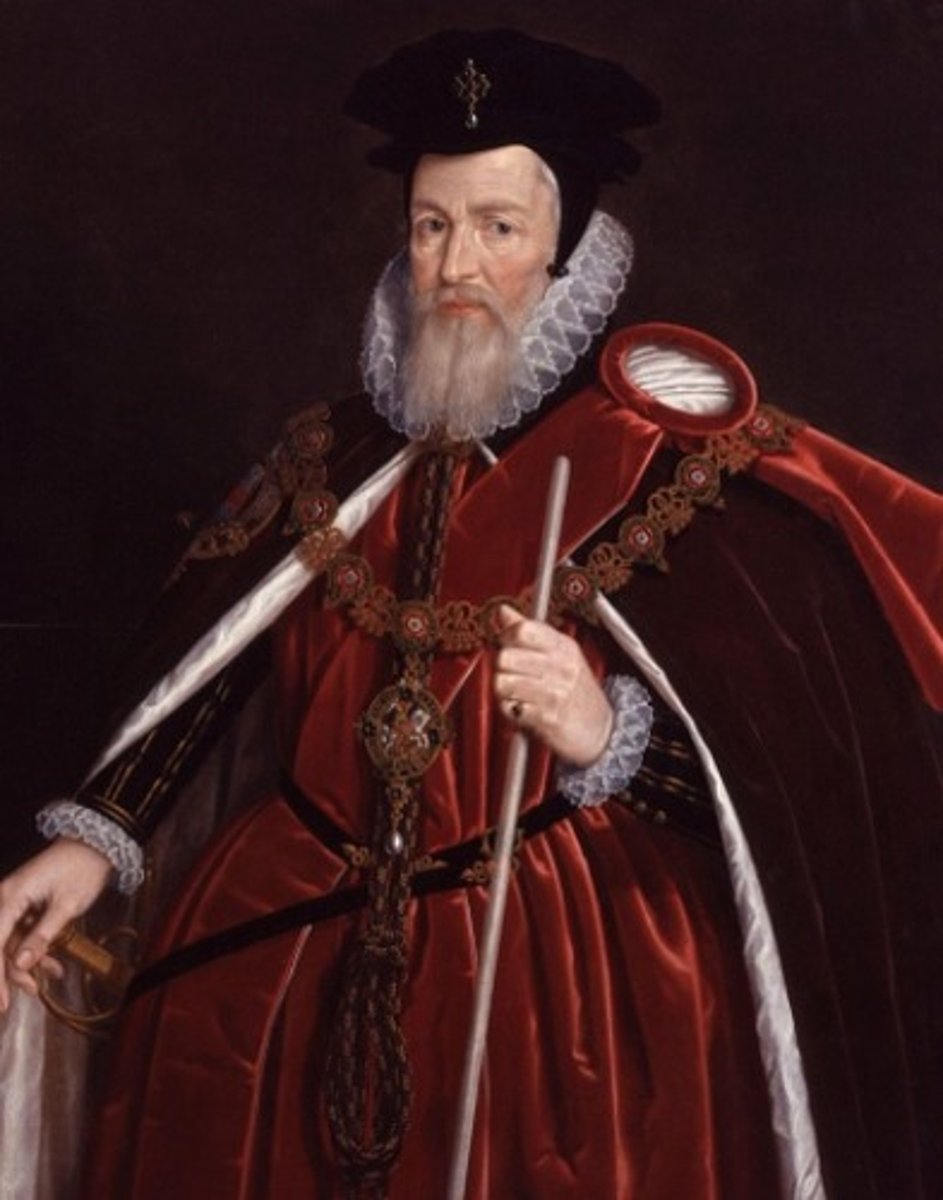
What was William Cecil's title?
Lord Burghley
Who did Cecil clash with?
Leicester, saw him as a mere adventurer
When did Cecil die?
August 1598
Who was Sir Walter Raleigh?
He was an explorer who sent settlers to Roanoke Island

When and why was Raleigh executed?
1595
For getting a maid (Elizabeth Throckmorton) pregnant
Who was Elizabeth's favourite courtier?
Earl of Essex, Robert Devereux

When was Elizabeth's coronation?
15th January 1559
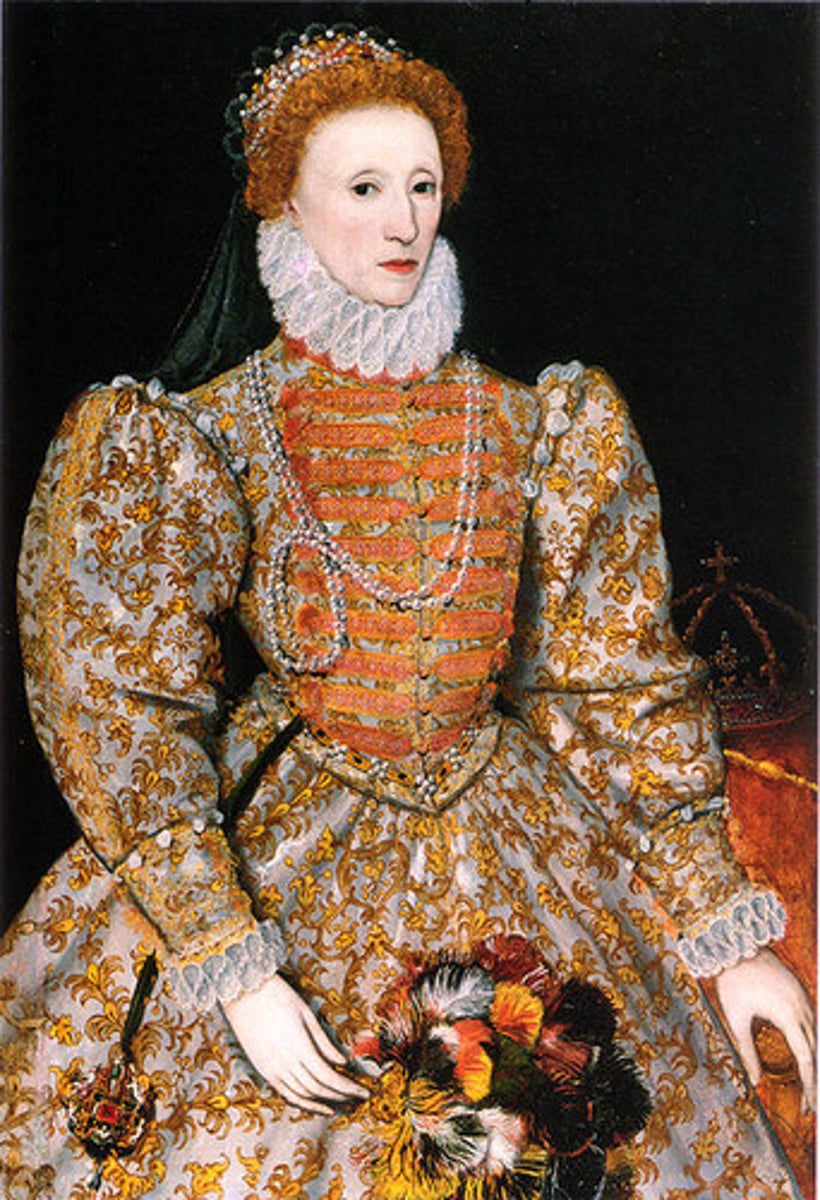
What did the Count of Feria (Spanish Ambassador) try to arrange but failed?
A marriage between Elizabeth and Phillip II

When did Phillip II offer to marry Elizabeth?
1559
What were the roles of the Royal Court during Elizabeth's reign?
decision-making and a place for patronage.
What were the 2 main areas of the Royal Court?
The Presence Chamber and the Privy Chamber
What was the Presence Chamber?
A relatively open area to which anyone with the right status or connections might expect to have access
Why was the Privy Chamber less important during Elizabeth's reign?
The Gentlemen of the Privy Chamber no longer had the rights of access to the monarch which they had formerly enjoyed. Admission to the Privy Chamber was guarded.
What is evidence that Elizabeth had control over her council?
-Elizabeth could choose and dismiss members of the Privy Council as she chose.
-Elizabeth kept accurate notes to monitor their work.
-Elizabeth was not obliged to take their advice.
-Elizabeth used divide and rule tactics
What is evidence that Elizabeth had no control over her council?
-Elizabeth did not always attend meetings
-The Council could issue proclamations in the Queen's name
What were the 2 key aspects of religion?
The legal status of the church and the liturgical books to be used in church services
When was the Religious Settlement?
May 1559
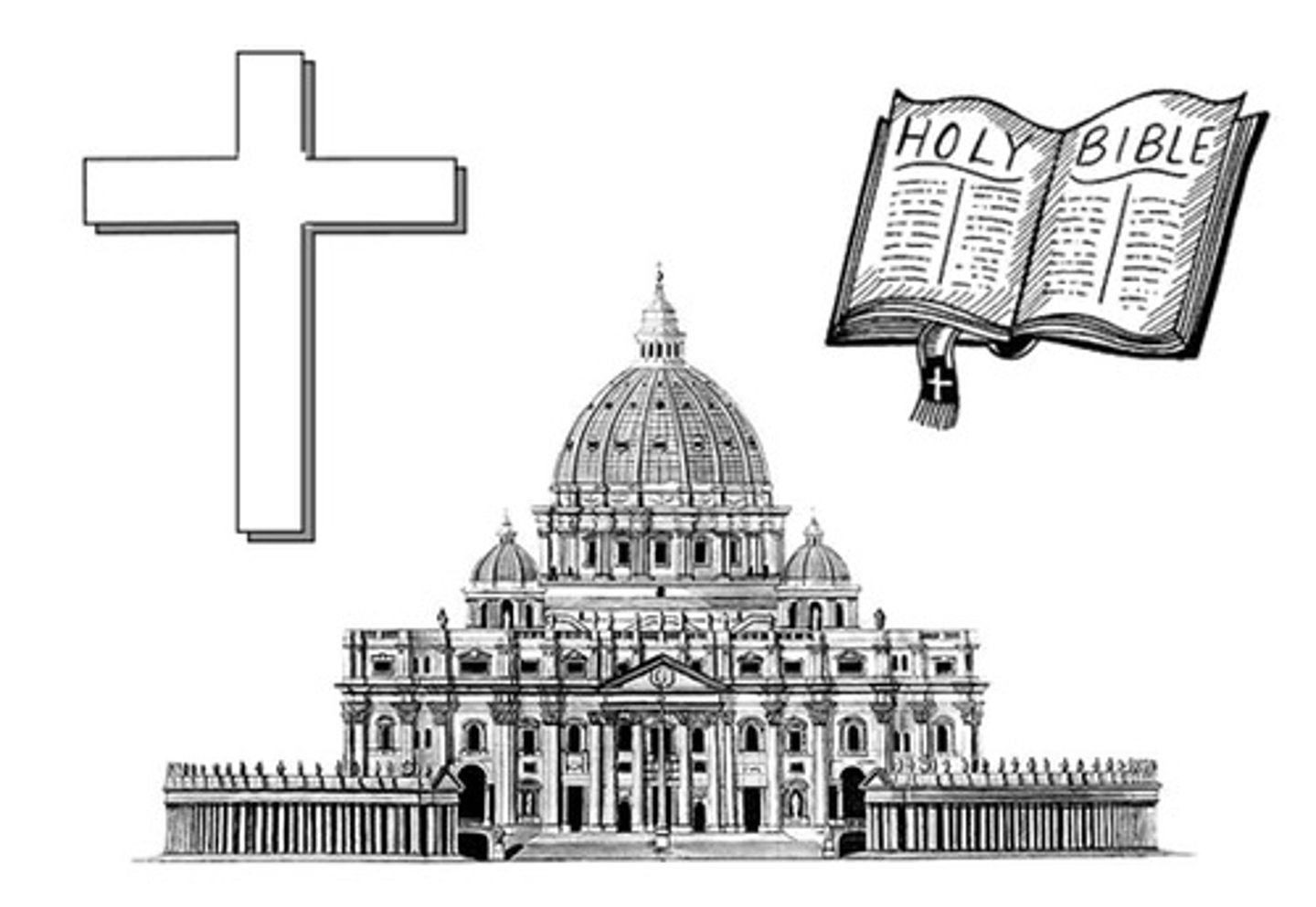
What was the Religious Settlement?
a compromise between both religions which meant establishing a form of Protestantism that Catholics could accept.

What was a jesuit?
Catholic group devoted to serving the pope, sent to England to convert people away from the Queen, and smuggle in priests
What was a missionary priest?
Serves the word of God in ways suited to the uniqueness of the people to whom they go through teaching, dialogue, Prayer, celebration and the witness of their person and lifestyle
When and What were the 39 Articles of Religion?
1563
-defined the difference between the Church of England and the Catholic Church
-broadly supportive of reformed doctrine
When was the 39 articles given statitory authority?
1571
When was the Act of Supremacy?
1559
What was the Act of Supremacy?
Restored Henry's law that ended papal supremacy. The Queen became Supreme Governor of the Church. An oath of supremacy was taken by clergymen and church officials. Restored the legal position of the crown to act in matters relating to the church.
What court was created in the Act of Supremacy?
Court of High Commission- prosecuted those whose loyalty was suspect
What was the Act of Uniformity 1559?
Reforms for protestants:
- Church compulsory
-Book of Common prayer
-Bible in English

What were the Royal Injunctions?
Set of injunctions issued by Sir William Cecil on behalf of the queen, on a wide range of issues to reinforce the Act of Supremacy
What concessions were made in the Act of Uniformity?
-Wording of communion was vague
-Churches were allowed decoration
What was the 1559 Book of Common Prayer?
A merger of the two previous books of common prayer. It amalgamated the moderate language of the 1549 prayer book with the more openly protestant words of the 1552 book.
What protestant changes were made in the Royal Injunctions?
-Simple communion table instead of altar
-removal of Catholic practices such as pilgrimages and candles.
-Parish churches required to purchase an English Bible
What were some Catholic concessions made in the middle way?
-Nothing wrong with bishops
-Christ is really in the bread and wine but in a spiritual way
-Church can celebrate Saints' days
-Churches can be decorated
-Elizabeth didn't approve of married priests
What change was made to the prayer book in 1560?
Latin editions allowed requiem celebrations for the dead (catholic)
What action did Elizabeth take against married priests in 1561?
Wives and children evicted from colleges and cathedral closes
How many clergy lost or resigned their livings because they refused to accept the settlement?
400
When and what was the Act of Exchange?
1559
Elizabeth was allowed to take over property belonging to bishops and to force them only to rent land to her.
What action did the Pope take in 1567 in response to the religious settlement?
Instructed catholics not to attend Anglican church services
What law did Parliament pass in 1563?
Two refusals of the oath of supremacy would mean death penalty
What was set up by William Tullen in 1568?
A seminary for priests in Douai in the Netherlands to train missionaries to go to England to support Catholics
What is a recusant?
A person who refused to attend services of the Church of England
How many recusants did Elizabeth execute?
200
Why did the Church of England survive?
-Elizabeth's opposition to puritans made it difficult to use Parliament means to change the settlement
-Elizabeth had John Whitgift (Archbishop of Canterbury) on her side
-Court of High Commission established, giving authorities a means to prosecute religious radicals
-Radicalism not widespread
-Attendance to Anglican services made compulsory from 1559 and fines introduced to enforce this.
Who did Elizabeth appoint as Archbishop of Canterbury?
Matthew Parker, who had been chaplain to Anne Boleyn
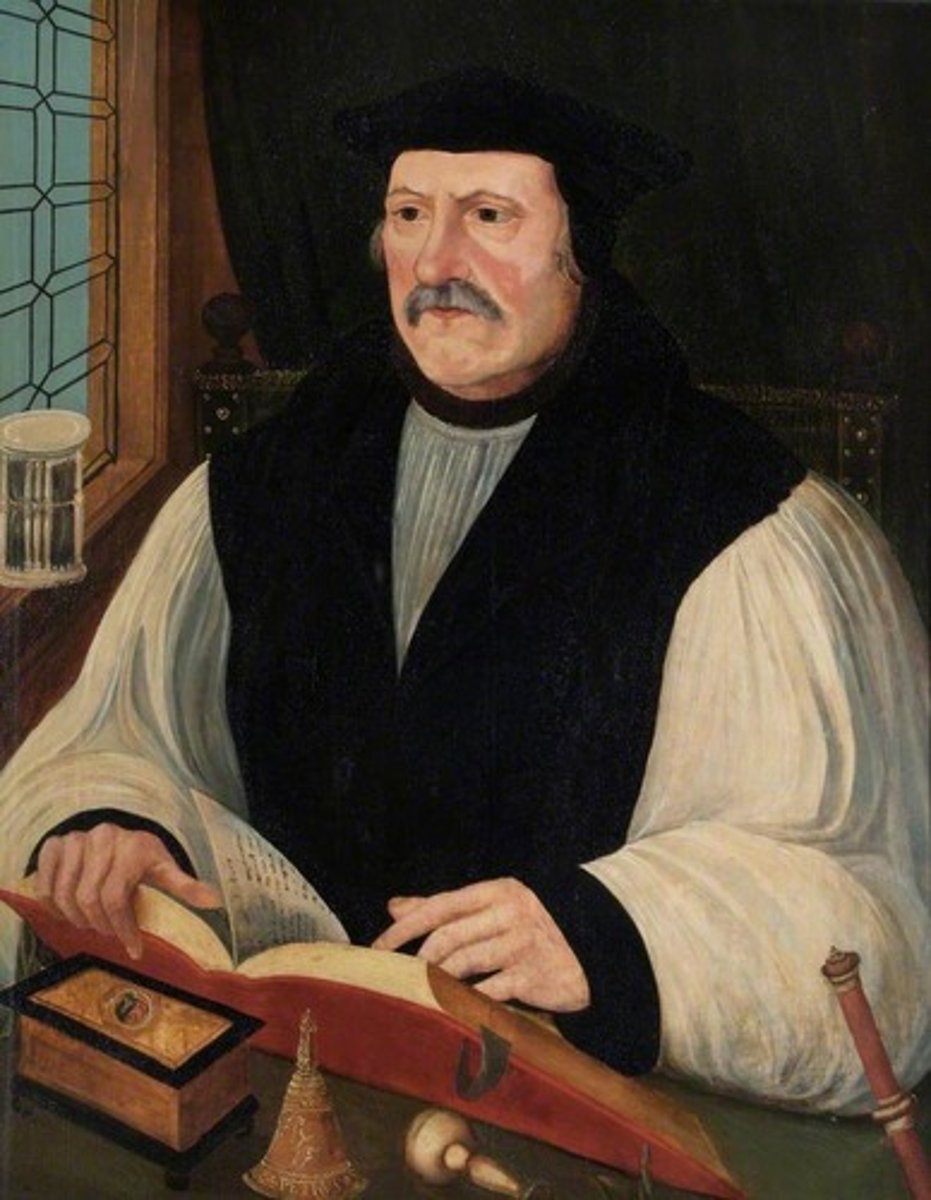
Who were many of Elizabeth's bishops?
Exiles from Mary's reign
What was Elizabeth's Catholic beliefs?
Disapproved of clergy marrying, distrusted preaching and ensured the preservation of musical culture of cathedrals and university colleges.
When and what was the Apology of the Church of England?
1562
A publication written by John Jewel, who argued that the Church of England was returning to the true position abandoned centuries earlier by the Church of Rome
What was the Council of Trent?
A meeting of Roman Catholic leaders, called by Pope Paul III to rule on doctrines criticized by the Protestant reformers.
When did the deliberations of the Council of Trent end?
1563
What was Elizabeth's foreign policy aims?
-To secure independence from France and Spain
-Limit power of France
-To secure Northern border with Scotland
-To protect English cloth trade with the Netherlands
-To ensure that the channel coastline was not under control of any one power
What religion was Spain?
Catholic
What religion was France?
Catholic
What religion was Scotland?
Protestant
What were England's relations with France when Elizabeth came to the throne?
At war
What was Elizabeth's aim in France?
To extricate England from the war
When and what was the treaty of Cateau-Cambresis?
April 1559
England and France reached an agreement over Calais. France would retain it for 8 years and then it would be restored to English control if they had kept peace in the meantime.
When did Henry II die after an accident in a jousting match?
June 1559

Who succeeded Henry II?
Francis II
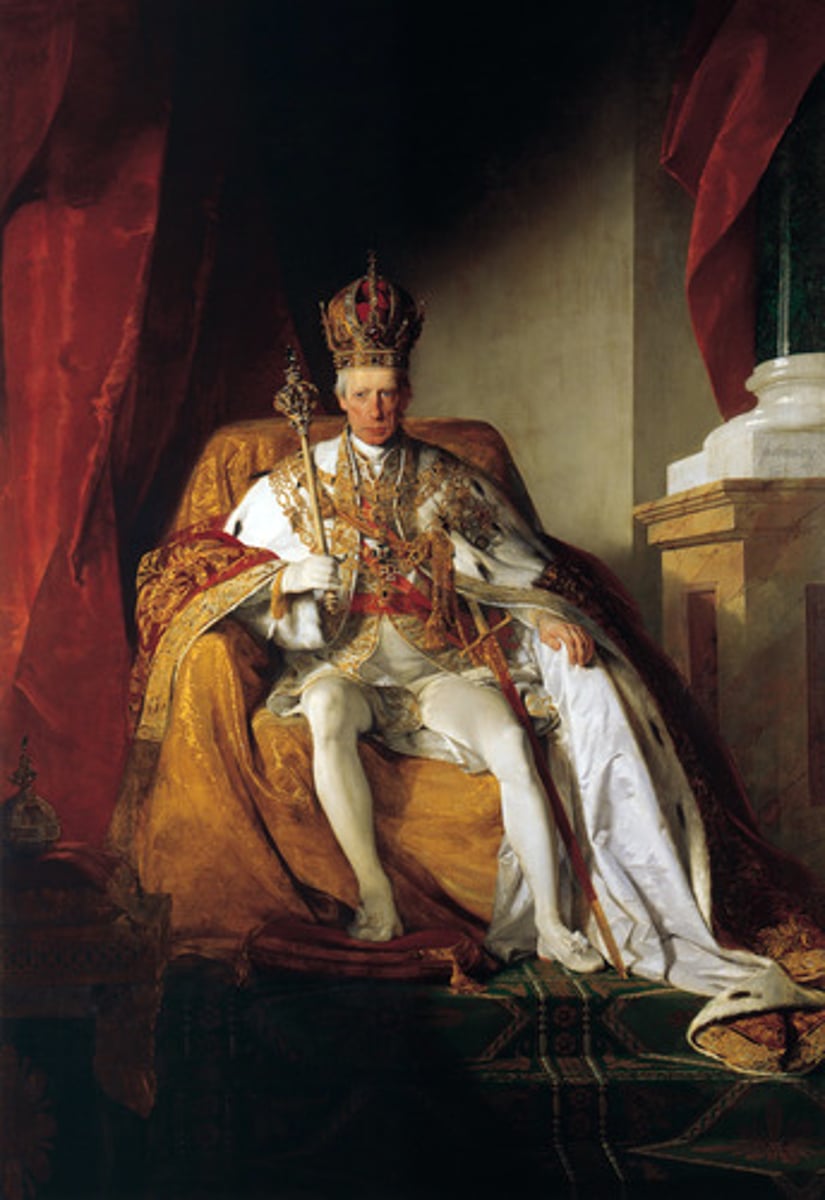
Who was Francis married to?
Mary Queen of Scots
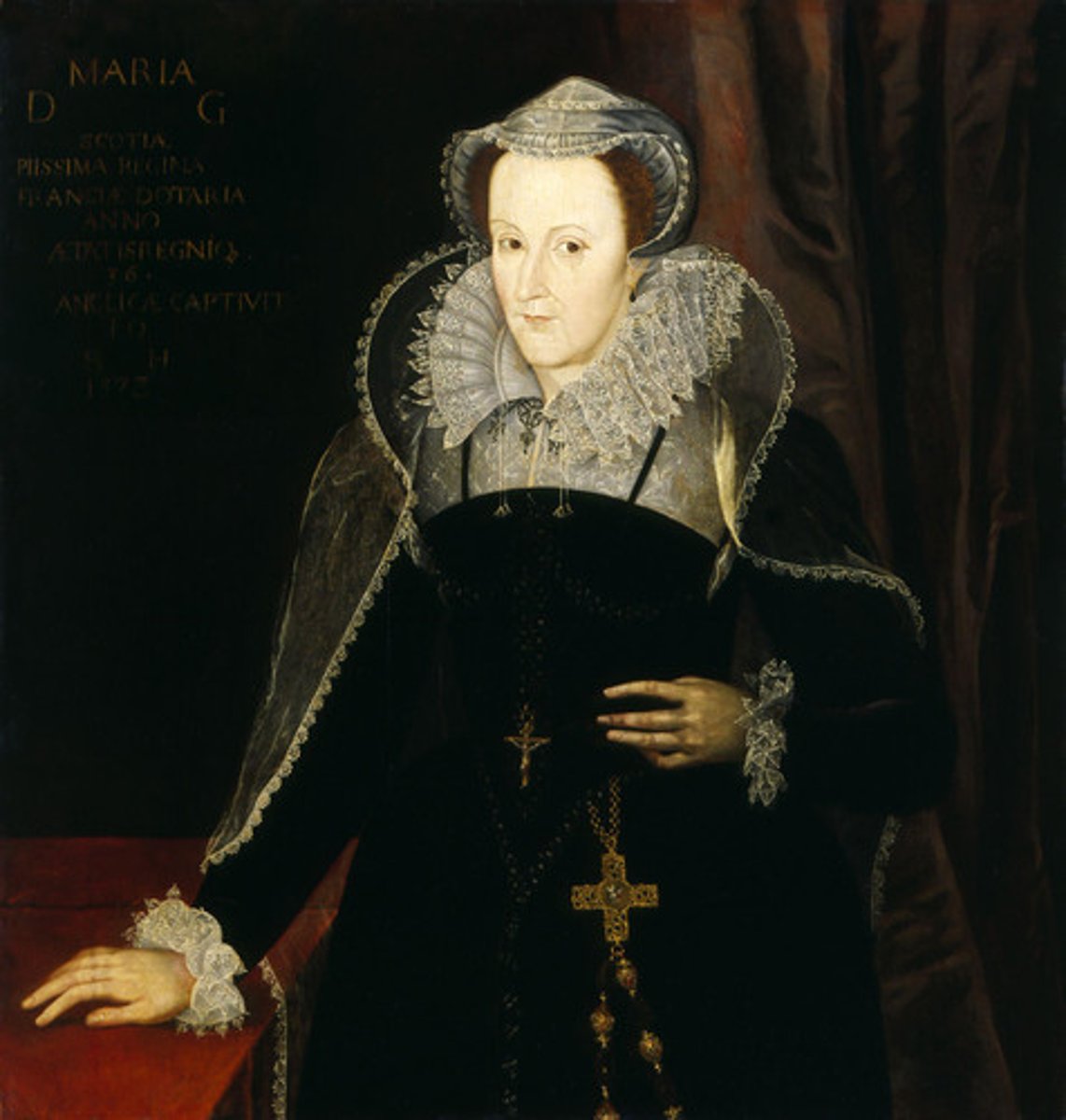
Why was there conflict in Scotland during 1559?
Protestant nobles led a rebellion against the French Catholic regent Mary of Guise who had been ruling Scotland since 1542
What actions did Francis take in Scotland?
He sent troops to garrison forts
Who did French action in Scotland alarm?
John Knox, a radical Calvinist who was the leader of the Scottish reformation and the leaders of the Lords of the Concregation, who were seeking power in Edinburgh.
Who did the Lords of the Congregation request assistance from?
fellow protestants south of the border
What was Elizabeth's opinions on intervention in Scotland?
She was reluctant because she didn't want to interfere with domestic affairs of another nation where subjects were rebelling against sovereign authority. She also loathed Knox because he believed that female rule was repugnant.
Why did Cecil push for intervention in Scotland?
He sympathised with the religious predicament of Scottish protestants and knew that England would be more secure without a french force north of the border. He also wanted to secure the removal of Mary, Queen of Scots
When was the English navy sent to the Firth of Forth?
December 1559
When and what was the Treaty of Berwick?
February 1560
Elizabeth and Scottish Lords of the Congregation (wanted Protestantism) agree that 8k English troops would go to Scotland and expel French troops who were defending Mary of Guise's regency
When was an army sent to the north of Scotland?
March 1560
Where did England blockade?
Leith
Why did the French weaken in Scotland?
the French fleet was damaged by a storm and Mary of Guise died
When and what was the Treaty of Edinburgh?
July 1560
England and France agree to withdraw from Scotland and MQos is recognised as the Queen of Scotland. Freedom of worship is allowed. MQoS refuses to ratify it, so Francis II's accession had the potential to break it down, but he died soon.
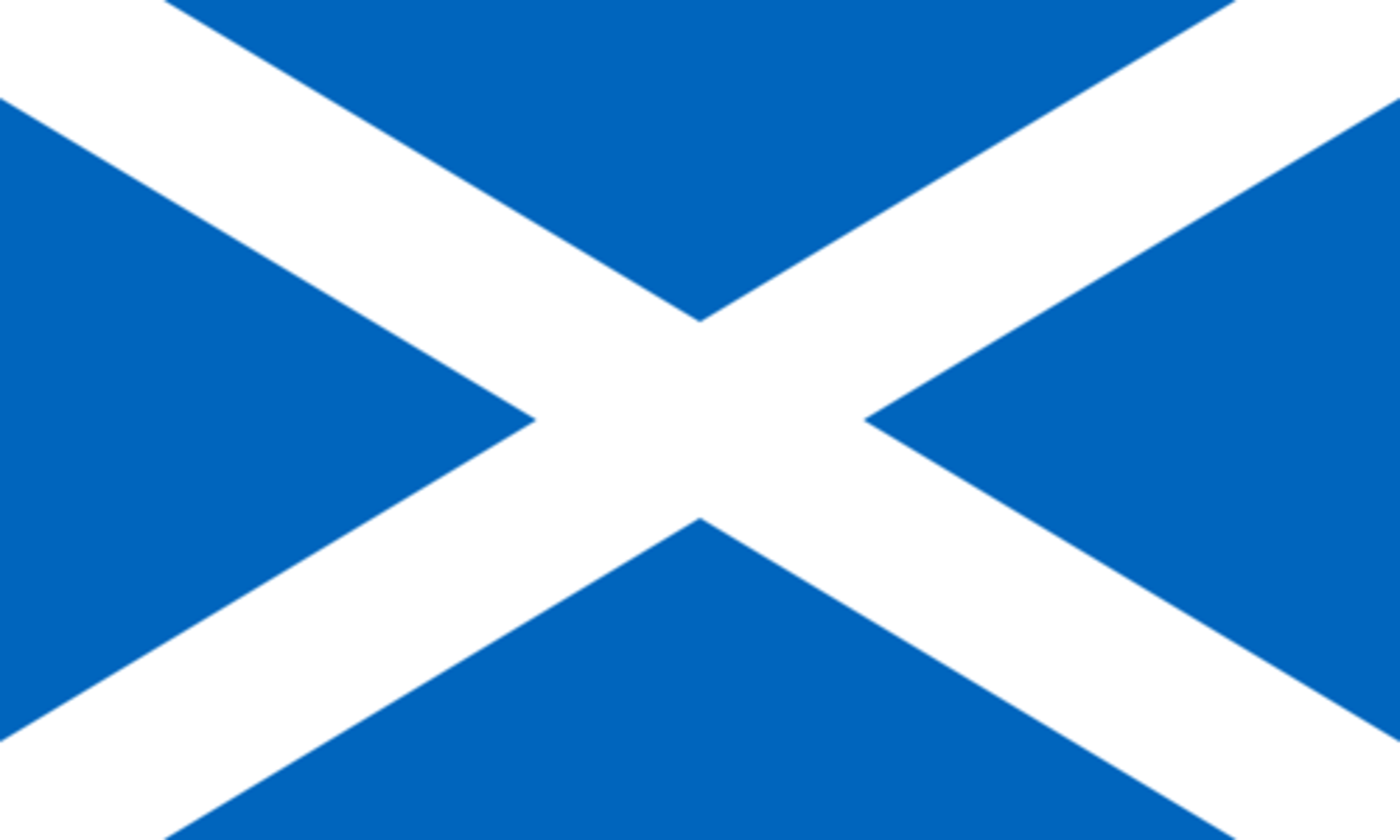
When did conflict break out between the Catholics and Protestants in France?
March 1562
Who encouraged Elizabeth to put military pressure on the French crown?
Robert Dudley
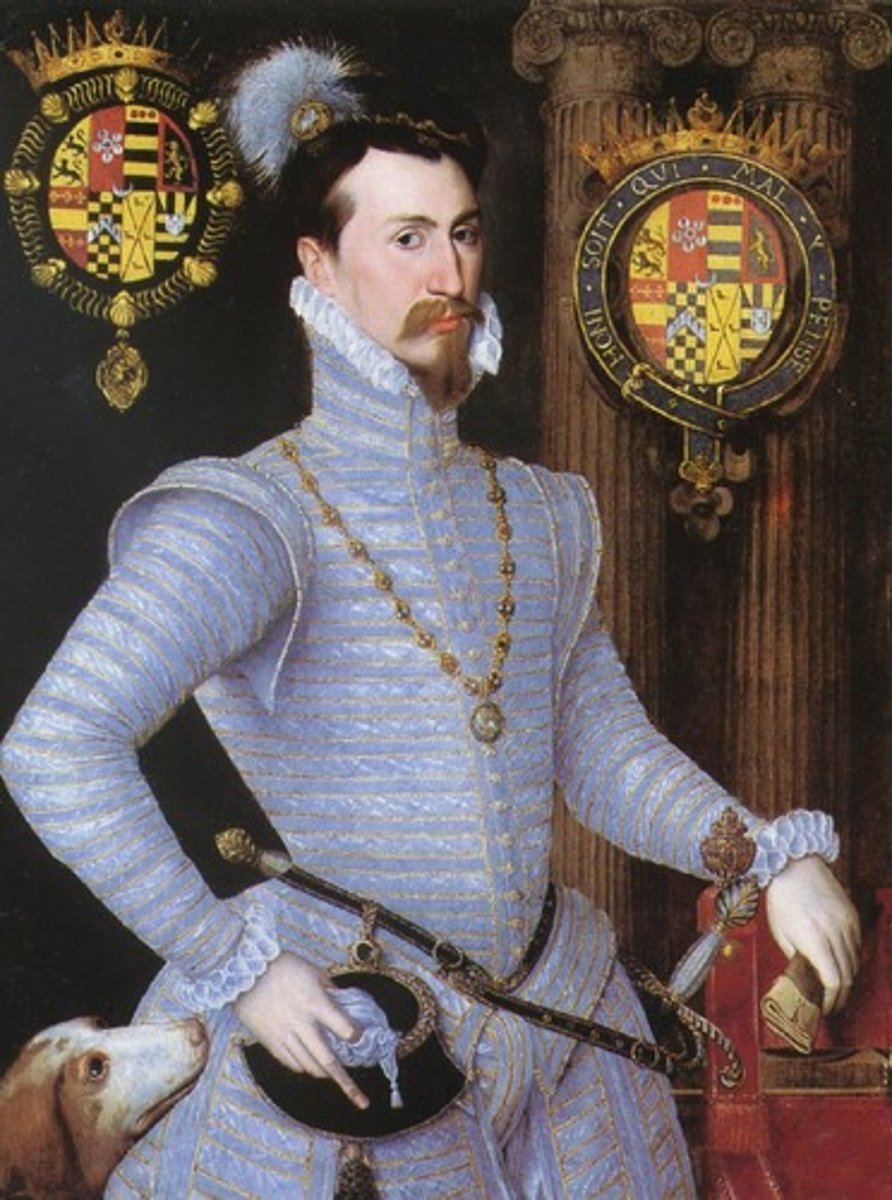
When was the Treaty of Hampton Court?
September 1562
What did Elizabeth promise the Huguenot leader, the Prince of Conde in the Treaty of Hampton Court?
6000 men and a loan of £30,000 with control of the port of Le Havre
Who protested to Elizabeth about her support for the Huegenot rebels?
Phillip II
What was the results of Elizabeth's intervention in France?
The Huguenot army was defeated and Conde was captured and the Duke of Guise was assassinated. The French factions agreed to peace and united to drive the English out of Le Havre.
When and what was the Treaty of Troyes?
1564
Force peace settlement between the English and the French. Elizabeth also lost Calais.
When and what was the Treaty of Blois?
1572
Anglo-French defensive alliance against Spain
What was the economy like when Elizabeth came to the throne?
There had been bad harvests, high mortality rates, high taxation and a cut in real wages.
What was the Statute of Artificers?
1563
- those refusing to pay the poor rates could be put in prison
- Officials who failed to organise poor relief could pay a penalty of up to £20
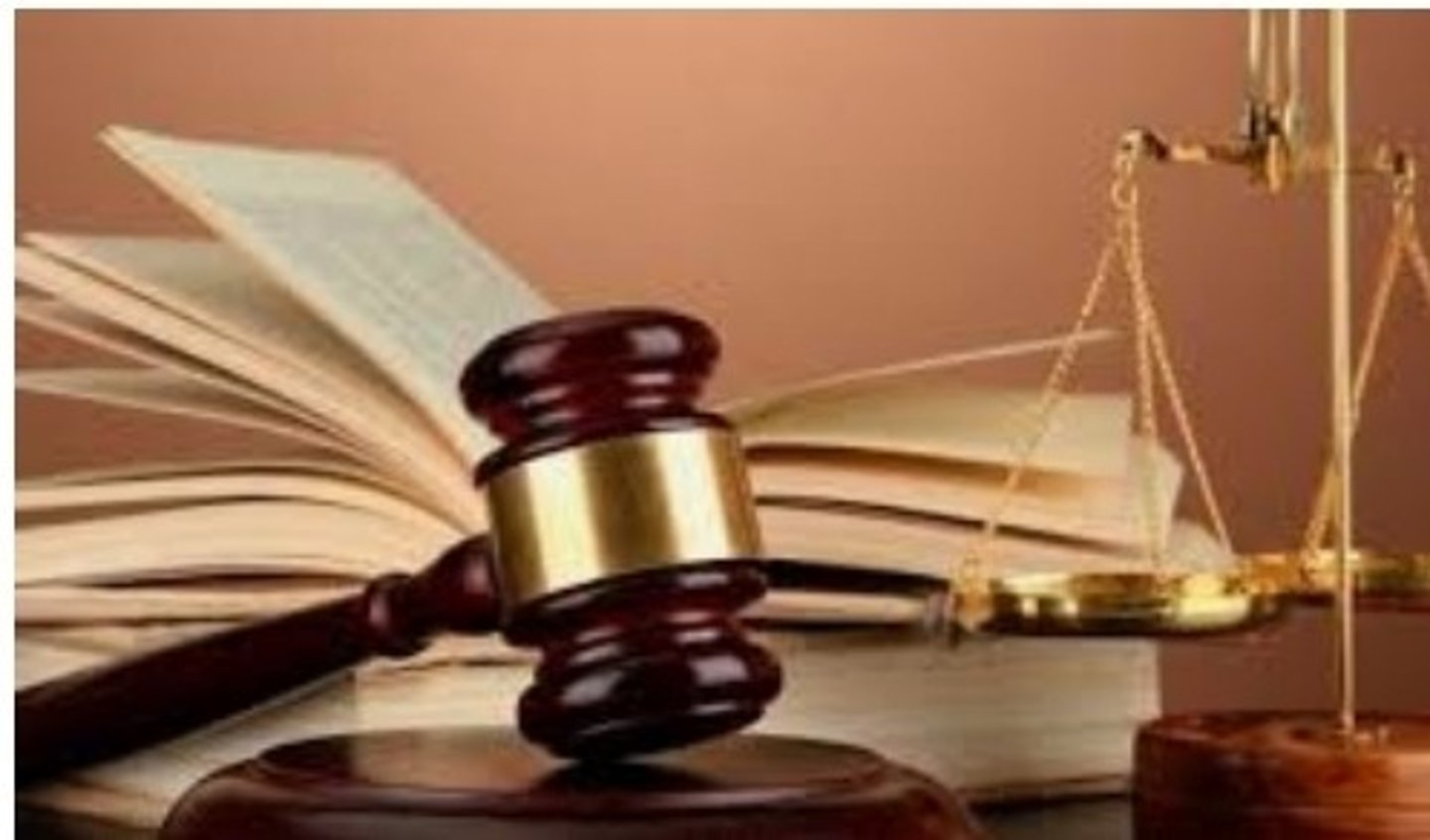
When was a poor relief act passed and what was the effect?
1563
National legislation continued to lag behind local provision
What did Elizabeth replace debased coins with?
Soundly minted coins, this meant that the government could no longer be held responsible for prices rising.
What did Elizabeth do for 10 weeks a year?
Toured the country in royal processes so see as many subjects as possible
What did Elizabeth give to the 13 poor men outside the palace gates every day?
A small sum of money
What topics did Elizabeth refuse to discuss in council?
Marriage and Succession
How many bills did Elizabeth refuse royal assent to?
60
Why did Elizabeth bar one of Burghley's associates?
For criticising Whitgift
Who did Elizabeth imprison for arguing a named successor in 1593?
Peter Wentworth
When was the golden speech?
1601
What was the golden speech?
Speech given by Elizabeth I to her final parliament in 1601 in which she talked about her love for her subjects.
What was the Bond of Association?
It stated that anyone associated with a plot against Elizabeth could not benefit from her death